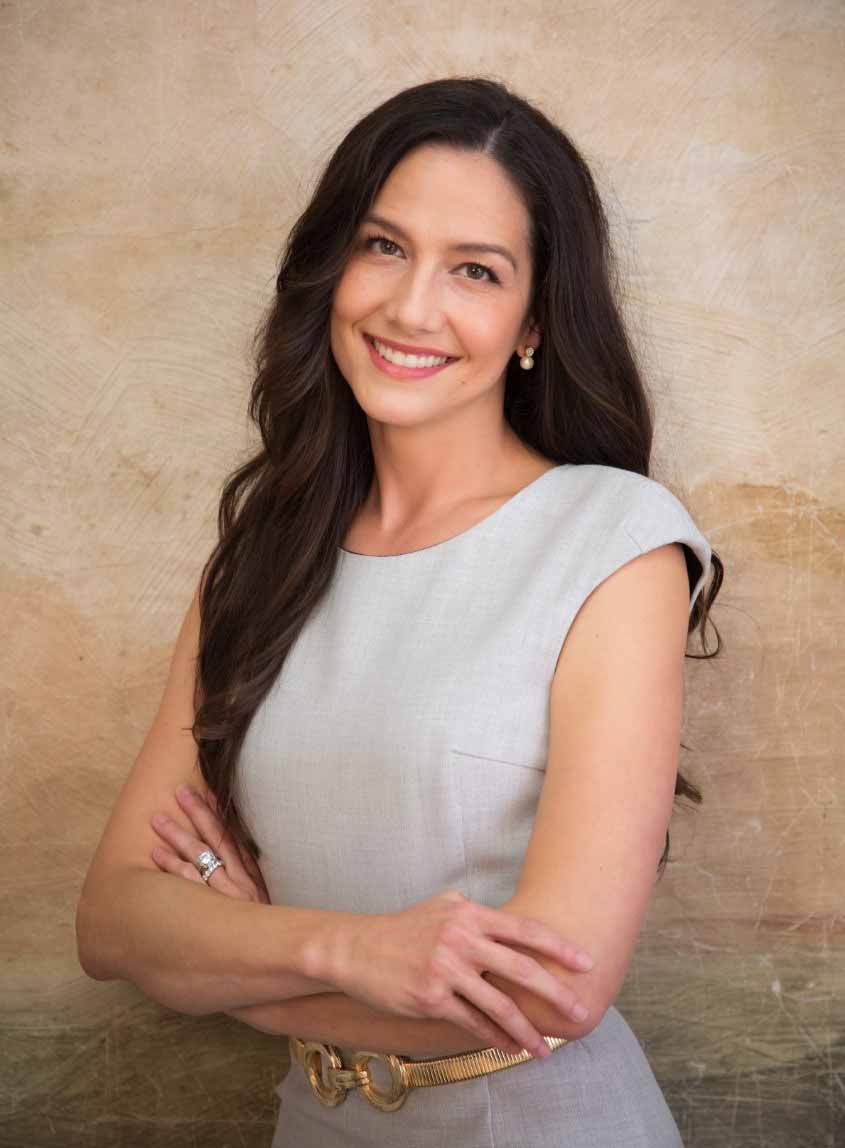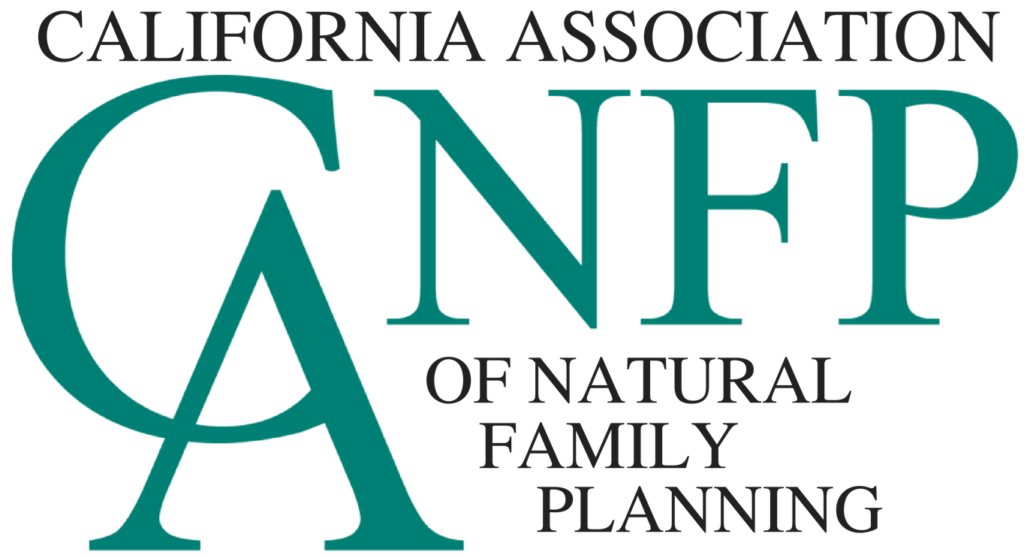- Medical Matters
IVF: Not a Panacea but a Pandora’s Box
by Lauren Rubal, MD, FACOG
Spring 2024
The news cycle has finally focused on an area of medicine that typically goes under the radar: in vitro fertilization (IVF). Alabama was recently the site of a controversial legal decision after the embryology lab of an Alabama IVF center was breached, with the perpetrator destroying embryos there. The parents sued for wrongful death. The State Supreme Court agreed that the “Wrongful Death of a Minor Act applies to all unborn children, regardless of their location.”
This set off a firestorm that led to IVF clinics pausing operations and a backlash that resulted in a law protecting IVF centers from civil and criminal liability if embryo damage occurs….regardless of why that damage occurs.
You may very well know someone who has been offered or underwent assisted reproductive technologies (ART), which is overall made up of IVF. Recent WHO data from 2023 show that about one in six couples worldwide deal with infertility. In fact, about 240,000 couples did IVF in 2021 in the US. On average, the percentage of cycles that result in live born infants is 37% for all ages. IVF has created over a million live born children, with at least a million more frozen.
Infertility is a unique and profound suffering and its end goal, a child, is always good. But there are significant issues with IVF—ethical, medical, and cultural—that need to be discussed.
What is an Embryo?
When the egg and sperm meet in the woman’s outer fallopian tube, an embryo is formed. This embryo is typically composed of 23 chromosomes from the mother and 23 chromosomes from the father. He or she is a unique, substantially whole new human being from the moment of conception. The embryo’s unique genetic code directs growth and development. In fact, the embryo’s cells divide and grow in number from one to hundreds by the time he reaches the uterus, five days after creation.
This embryo may then implant into the uterine lining, producing hormones that direct the mother’s body to help nurture his growth.
What is IVF?
IVF is a roughly two week process to stimulate eggs in the ovaries to mature. To do so, injections are given to induce the growth of many ovarian follicles. The goal is to have multiple eggs mature instead of the one that is naturally released. But instead of ovulating, the eggs are plucked out of the ovaries and handed over to an embryologist. This person either puts each egg in a dish with multiple sperm or they choose a sperm to inject into the egg. The next day the dishes are checked, with about 80% of them now containing an embryo.
Let’s take a moment to reflect on the unique, new substantially whole human beings who have now formed.
They’re kept in the dishes over the next few days. They have one of three fates at this point.
● They may be biopsied to have their chromosomes screened
● They may be transferred back on day 3-5 of their life
● They may be flash frozen and stored in liquid nitrogen containing canisters indefinitely.
What Issues does IVF Engender?
The creation of life.
A recent study showed that the ‘optimal’ numbers of embryos needed to optimize cumulative live birth rates were nine. Other data derived from the UK HFEA show that only 7% of created embryos are live born, which means that 93% aren’t.
The suspension of life.
Over one million embryos are frozen in the US. Though couples may initially desire a surplus of embryos in order to increase their chances of a live born child, they may also be faced with what to do with those same embryos when they are done having children. There are multiple psychological, social, and legal quagmires regarding continued embryo storage (which occurs with a fee), the disposition of embryos whose parents cannot be located, the psychological impacts on parents must decide what to do with their embryos: disposal, adoption, or donation to scientific research.
The destruction of embryos.
This may occur in a variety of ways:
1. Human error, with accidental damage or destruction
2. Suboptimal conditions for their growth, from contamination of the dish or the nutrient-rich media they grow in to changes in the incubator temperature, to lack of sterile processes in the lab
3. Manipulation. The embryo may endure biopsies, freezing, thawing, and touching
4. The storage, potentially in perpetuity
5. Rapid adoption of new technologies with potential for imperfect tests. This may include chromosome screening. The original iteration of this chromosome screening was enthusiastically adopted by many centers, until a multicenter randomized controlled trial finally found that there were significantly lower rates of ongoing pregnancies and live births after IVF in women 35 and older using this, compared to those who did IVF without the screening.
Risks to the mother.
Take note of what may be increased for the mother who conceived using ART:
● 26% increased risk of preterm birth. This matters because babies born prematurely may have issues with any organ, an increased risk of cerebral palsy or of death.
● An over five fold increase in risk for placenta accreta spectrum compared to non-IVF pregnancies. This condition in which the placenta invades further into the uterine wall than it should can cause life-threatening bleeding or hysterectomy.
● Almost doubled risk of severe maternal morbidity. This includes severe postpartum hemorrhage, severe preeclampsia, eclamptic seizures, sepsis, or uterine rupture.
Risks to the children.
● Nonchromosomal birth defects. ART-conceived singletons had a 40% increased chance compared with all others.
● Autism is about twice more likely in the ART-conceived compared with others (possibly related to multiples, preterm birth or low birth weight).
● Stillbirth increases up to four times compared with spontaneous conception.
● Cancer risk may slightly increase, such as leukemia & hepatic tumors.
What are Alternatives to IVF?
Restorative Reproductive Medicine (RRM) is a whole-person approach that looks at understanding the reason behind fertility issues. It does a deep dive into hormone balance, decreases inflammation and toxins, and restores the reproductive system using nutrition, supplements, and even surgeries to normalize structure & anatomy.
So What is the Path Forward?
● Become a proactive participant in your health. For women, find programs that explain how to chart your cycles, by observing different signals throughout your body that point to which hormones are at work and where you are in your cycle. For men, understand what this means, too.
● Optimize what is in your control. These may be simple changes in your diet, exercise, or sleep.
● Make sure you are fully informed when consenting to something. This means understanding the options, pros and cons, and the full secondary consequences of the choice.
How can you know that you have a doctor who is comfortable with healing root issues? I would look for an RRM professional through CANFP, or through IRRMA or FACTS About Fertility. You can find reputable websites, like this one at CANFP.org, Natural Womanhood or Fertility Science Institute. And trust your gut. If you don’t feel like your values align with your doctor’s, there are many others. Find one who will care for you as you deserve.
I can’t overemphasize the sympathy and empathy I feel for all couples who are struggling. And I don’t blame the people who have made these decisions—I think people’s understanding of life has been obscured. And of course children are always a beloved gift. But the truth needs to be proclaimed.
And so I am glad people are finally talking about IVF, because it allows us a chance to explain its full picture and discuss the issues that for too long have been kept inside Pandora’s Box.
About The Author


